GaEunChae2 [Korea Quality] / 가은채2 [한국관광 품질인증]
2024-04-07
100-20, Hanji-gil, Wansan-gu, Jeonju-si, Région Jeonbuk
+82-10-6335-5267
Gaeunchae 2 is the sister accommodations of Gaeunchae and is located behind the Jeonju Korean Traditional Wine Museum. Completed in 2011, the traditional Hanok has soil walls and soil Ondol floors finished with traditional Hanji wallpaper and Hanji floor paper for greater traditional beauty. The exposed rafter and gray wall design make for the unique interior atmosphere of Hanok. Sculptures such as stone lantern and stone tiger in the garden, old rectangular stone, and terrace stone in the yard make the Hanok even more elegant. The small floor in the room just in front of the door is a versatile space where one can put luggage or sit and have a chat.
Being situated close to the busy Taejoro in Jeonju Hanok Village, Gaeunchae 2 offers easy access to major tourist sites of the village including Jeondong Catholic Cathedral, Gyeonggijeon, Imokdae, etc. which are within walking distance. Guests can have a food trip as well as visit great restaurants and cafes clustered nearby.
GaEunChae / 가은채
2025-08-11
68-13, Hanji-gil, Wansan-gu, Jeonju-si, Région Jeonbuk
+82-10-6345-5267
Gaeunchae is a Handol guesthouse located in Jeonju Hanok Village. Among the four Hanok buildings built by a construction company in 1969, two are being operated as a Gaeunchae guesthouse. While turning it into a lodging place, everything related to a private house was removed, but the original form of the building was revived for guests to feel the beauty of the traditional Hanok.
Jeonju Master's Crafts Center, Jeonju Korean Traditional Wine Museum, Seunggwangjae, Dakjongi Hanji Dolls Workshop, etc. are just a stone's throw away. In particular, the pretty alleys are part of the Hanok Village alley tour course 1 operated by Jeonju City.
In the middle of the yard of Gaeunchae are stones refined by hand years ago, including Macheon Stone, Sago Stone, Goheung Stone, Hwangdeung Stone, etc; the southern yard is paved with flat stones such as old granite, bakseok, and mica. Traditional room doors fitted without using any nails and traditional windows add to the gracefulness of Hanok.
Muju Sunflower Pension&Hostel [Korea Quality] / 무주해바라기펜션호스텔 [한국관광 품질인증]
2024-04-07
129-15, Gucheondong 1-ro, Muju-gun, Région Jeonbuk
+82-10-6533-3631
Muju Sun Flower Cottage Hostel is a family-friendly rental cottage located in the Muju Gucheon-dong Tourist District. It is a great place to appreciate the beautiful, majestic scenery of Muju and refresh yourself in the midst of Gucheondong Valley's clean nature. In particular, Muju Sun Flower Cottage Hostel is adjacent to the valley located in the upstreammost part of the tourist district, fully benefiting from the goodness of the region with its great mountain and clean water. With its deck near the valley, the place is just right for spending time playing in the water during summer and looking at the scenery of the valley during spring and autumn. The herbal tea provided to the guests is brewed from the wild herbs collected and roasted by the owner and is on the house. At the cafe, guests can help themselves to the herbal tea, coffee, toast, and fried eggs for breakfast. The room names Sunflower, bellflower, daffodil, cherry flowers, etc. are easy on the ear. All rooms are heated from the floor (Ondol) and are in the color of lavender, creating a comfortable atmosphere.
Kirin motel / 기린모텔
2025-08-11
74, Dancheon-ro, Muju-gun, Région Jeonbuk
+82-10-4120-5562
Kirin Motel was redone entirely in 2018 to become the clean, comfortable accommodations it is today. With every room equipped with air-conditioning, guests can stay cool in summer and warm in winter. Being located at the center of the downtown of Muju, it offers easy access to many restaurants and facilities. Muju County Office and Namdaecheon Stream are a mere 300 meters away; Muju resort and gucheondong valley -- which are popular sites all year round -- are 25 minutes away by car. The venue of Muju Firefly Festival, Muju’s representative festival, is 600 meters away on foot. During the festival period, people can experience fireflies, the symbol of a clean region, and try diverse activities and food. Kirin Motel keeps the rates the same throughout the year be it peak season, off season, weekdays, or weekends, offering affordable options to guests whether during summer peak season or winter ski season with the best cost-effectiveness in the region.
Geomokjang Minbak Lodging / 거목장민박
2025-08-12
63, Minbakchon-gil, Haenam-gun, Jeollanam-do
+82-61-535-1456
Geomokjang Minbak Lodgings is located in Museon-dong Hanok Minbak Village at the end of Duryunsan Mountain. Having been designated as a Hanok Minbak Village for the first time in Haenam in 1977, it is situated on the way to the famous tourist attraction, The thousand-year-old temple Daeheungsa is a good base for visitors of Haenam. Geomokjang Minbak is a traditional ㄷ-shaped Hanok and has been operated as lodgings since 1999. There are seven modernly renovated rooms with bathrooms and comfortable beddings. Made from Korean red pine, Geomokjang or House Made from Big Tree is dark brown with the pillars, rafters, and everything else in the same color. The polished Daecheongmaru or the main floor, traditional doors with traditional paper, low stone walls, and broad field beyond that are elegant and graceful. In the middle of the yard is a flower garden with dwarf trees. The owner, who has a green thumb, holds a dwarf tree-making activity for guests as well. It costs KRW 5,000 ~ 10,000 depending on the type of tree, and the completed dwarf tree is free to take home.
Hillhouse Hotel / 힐하우스 호텔
2025-03-18
42, Sogong-ro 3-gil, Jung-gu, Seoul
+82-10-5207-0580
Hill House Hotel is a business hotel located at the foot of Mt. Namsan Park in Seoul. The hotel opened in 2006 with 40 rooms in all. There are various types of rooms including double room, twin room, deluxe twin room, and suite room. The hotel is earning raves for the neat and clean condition of its rooms. In particular, the hotel is ideal for travelers who prefer quiet accommodations since it is located in a residential area.
The room offers various amenities. Free Internet is available in all rooms, and a notebook PC is available for use at the communal space in the lobby. Complimentary breakfast of toast, coffee, cereal, etc. is offered. There is a communal microwave in the cafeteria, too. A baggage counter is also available for customers’ convenience.
The hotel offers easy access to public transportation, being located near Subway Hoehyeon Station, Seoul Station, and Myeongdong Station. You can visit Namsan Seoul Tower, Namdaemun Market, etc. on foot. Myeongdong is a mere 10-minute walk from Namdaemun Market. With large department stores and duty-free shops, Myeongdong is a hot place for foreign travelers. The hotel is also near Cheonggyecheon, so it is recommended to travelers who want to enjoy a tour of downtown Seoul.
The Place Seoul (traditional Korean-style guesthouse) / 멀티스페이스 곳
2025-08-12
52-11, Gyedong-gil, Jongno-gu, Seoul
+82-10-3255-1289
“The Place Seoul” is located in a small alley in Gyedong-gil, Jongno-gu, Seoul. It is a guesthouse made by remodeling an 80-year-old traditional Korean house. The ondol room furnished with traditional beddings is popular not only among foreigners but also among Koreans due to its special ambience. The ceiling of the room dates back to 80 years ago. The rafter put on the roof at the time of construction of the house shows the antiqueness of the house. The toenmaru (a narrow wooden porch running along the outside of a room) that comes alive with the frequent coming and going of people adds to the ambience of the traditional Korean house, with the Sansuyu (corni) tree and vegetable garden beside the Korean-style house creating a leisurely atmosphere.
Beyond being a mere place to sleep in, “The Place Seoul” aims to be a composite cultural space whose motto is “the place to fill.” A simple wedding or a small-scale performance is held in the garden during the day. The rooms can be rented for small meetings.
“The Place Seoul” sponsors “WWOOF KOREA,” an NGO promoting environment-friendly agriculture as well as the right dietary life, “Slow Food Korea,” and “Slow Box.” As such, the place serves a special healthy breakfast consisting of homemade bread, handmade yogurt, and organic fruits and vegetables. In addition, the toilet paper, detergent, shampoo, etc. provided are all environment-friendly products.
“The Place Seoul” is located on Gyedong-gil Road, a famous tourist attraction in Seoul. It offers easy access to Bukchon Hanok Village, which is on the other side of the Gyedong-gil alley, as well as other major tourist attractions within walking distance including Changdeokgung Palace, Gyeongbokgung Palace, Samcheong-dong, and Insa-dong. The convenient location of “The Place Seoul” makes it easy to tour downtown Seoul.
Holiday Inn Express Suwon Ingye / 홀리데이 인 익스프레스 수원인계
2020-12-19
116, Ingye-ro, Paldal-gu, Suwon-si, Gyeonggi-do
+82-31-5177-0000
Holiday Inn Express Suwon Ingye is InterContinental Hotel Group's (IHG) first business hotel to open in Suwon, Gyeonggi-do. Located at the center of the city, Holiday Inn Express Suwon Ingye aims to offer convenient services to tourists traveling within areas of Seoul and Gyeonggi-do. A total of 249 double and twin bedrooms take up the 3rd to the 14th floor of the hotel, offering a great view of the city park. All rooms are equipped with an i-Pod docking station and offer free Wi-Fi connection. Not only does the hotel provide free breakfast for in-house guests, but it also has a Grab & Go Bar where guests can enjoy a light meal as well as freshly brewed coffee.
Juwangsan Mountain Seongcheondaek
2021-04-09
12, Seodang-gil Cheongsong-eup, Cheongsong-gun, Gyeongsangbuk-do
+82-10-6711-6427
Seongcheondaek House with about 300 years' history is an old hanok guesthouse located in Cheongun-ri at the entrance to Juwangsan Mountain, which can be reached by driving along Yongjeoncheon Stream from Cheongsong County in Gyeongsangbuk-do. With the tranquil surrounding atmosphere among houses in the alley, the house features a typical square-shaped structure of the mountain region.
Seongcheondaek House is presumed to have been bought by Im Chun-seop, a high-ranking official during the reign of King Gojong (r. 1863-1907) of the Joseon Dynasty, but its exact construction date is unknown. It was designated as National Folklore Cultural Heritage No. 172 in 1984.
This cozy hanok house consists of the main gate with straw-thatched roof, square-shaped Anchae (Women’s Quarters), middle gate, Sarangbang (master’s room), tea room, old stable, Daecheongmaru (hall between rooms) overlooking the courtyard with beautiful scenery, and so on. In particular, guests can enjoy a romantic atmosphere from Daecheongmaru by appreciating the scene of falling raindrops or melting snow from the edges of the eaves.
The Munganchae (gate building) consisting of a bathroom and a kitchen has a straw-thatched roof and a renovated interior for the guests’ convenience. The square-shaped Anchae is composed of two guestrooms (Sarangbang and Anbang) and a reading room (Utbang). The rooms feature a traditional construction style with cozy and clean interior items including a small wooden table as well as clean beddings. In addition, a kitchen is situated in front of Anbang, displaying traditional kitchen appliances including a fireplace and two large iron pots, unlike a modern-style kitchen in Munganchae. Daecheongmaru of Anchae offers an open view of the outdoor landscape through two large wooden windows. In addition, a deep groove in the middle of the yard in front of Daecheongmaru catches one’s eyes. The groove is said to have been made due to the rubbing of the foot on the ground when weaving hemp cloth hundreds of years ago.
Guests can enjoy relaxation both during daytime and nighttime under a starry sky in the yard where a small wooden bedstead and a stone table are situated. Moreover, the house provides folk games such as neolttwigi (Korean see-sawing game) and tuho (pitch-pot) as well as the family art therapy program wherein family members can understand each other better through a painting and drawing activity. Surrounding tourist attractions include Juwangsan National Park and Jusanji Reservoir.
Deungdae (Lighthouse) Guesthouse [Korea Quality] / 등대게스트하우스 [한국관광 품질인증]
2020-12-10
6, Nojeokbong-gil, Mokpo-si, Jeollanam-do
+82-10-8340-8004
Deungdae Guesthouse in Mokpo is run by a village enterprise named Deungdae Co., Ltd. The guesthouse opened in May 2018 following the remodeling of a 35-year-old hospital building as part of an urban regeneration project for the entire area of Mokwon-dong, which is the old downtown of Mokpo. Deungdae, a Korean word meaning “lighthouse,” signifies lighting and guiding directions in the backward old downtown of Mokpoo like a lighthouse.
The whole atmosphere of the interior is modern and clean. The rooms are furnished with only the essential facilities to make the area as wide as possible. The rooms are painted in pastel tone to create a stable, comfortable ambience.
On the first floor of the building is “Small Morning,” a cafe and communal lounge run by Deungdae Guesthouse. On the third floor are 5 single bed rooms for solo travelers, 4 twin rooms with private bathrooms, a communal kitchen available for cooking, and a communal bathroom. In the communal bathroom, free use of washing machine, toiletries, dryer, magic dryer, and hair straightener are available. In the morning, Korean-style breakfast of soup and side dishes personally cooked by the host is served in the community room on the third floor. Noteworthy is the fact that a first-aid kit is made available in the red box installed on the wall on the third floor for easy use by anyone.
The guesthouse displays the travel guide of Mokpo and leaflets. It is possible to get concierge service for the travel courses from the host. Located 200m away from Mokpo Station, the guesthouse offers easy access to important tourist attractions such as Nojeokbong Peak, Mt. Yudalsan, and Mokpo Modern History Museum, which are 5~15 minutes away on foot.
![Muju Sunflower Pension&Hostel [Korea Quality] / 무주해바라기펜션호스텔 [한국관광 품질인증]](http://tong.visitkorea.or.kr/cms/resource/46/2593246_image2_1.jpg)
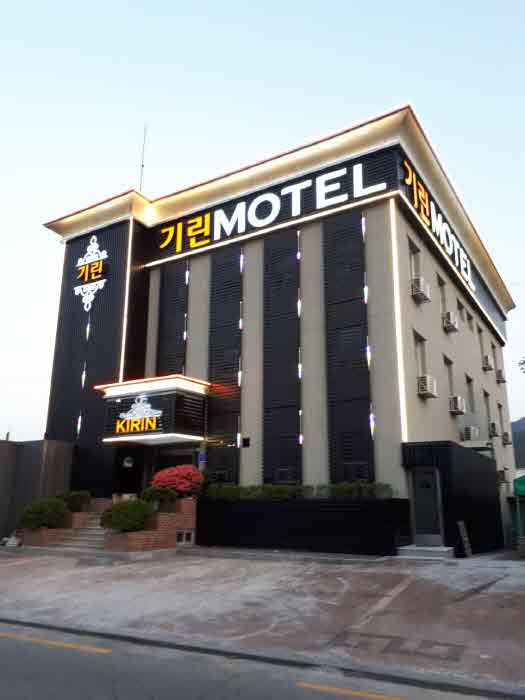
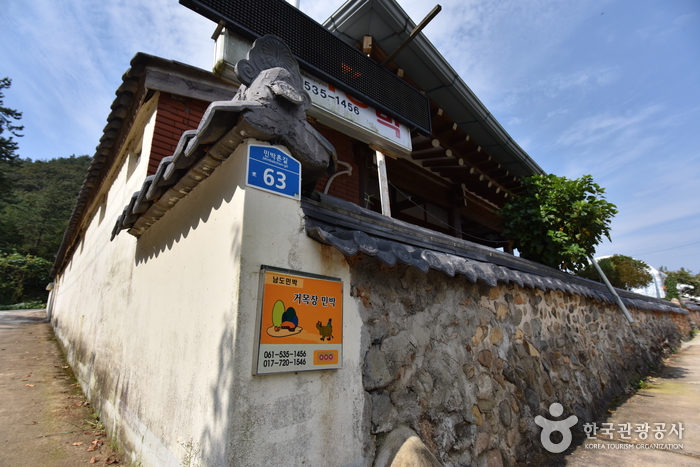
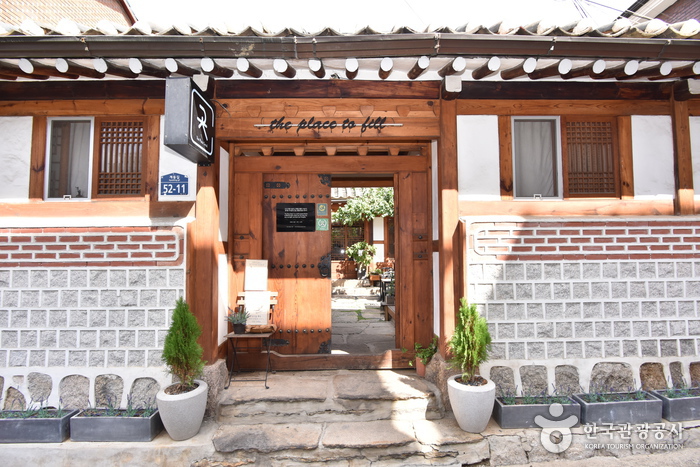
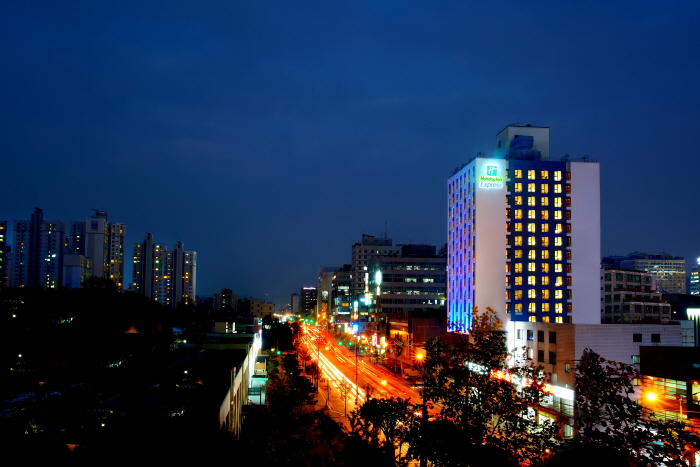
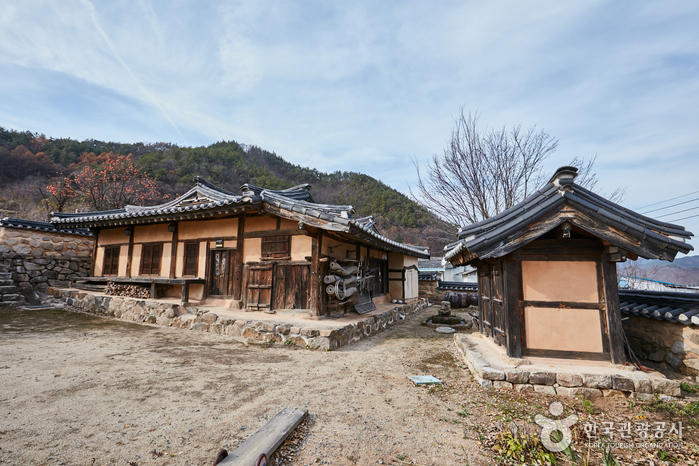

 Français
Français
 한국어
한국어 English
English 日本語
日本語 中文(简体)
中文(简体) Deutsch
Deutsch Español
Español Русский
Русский